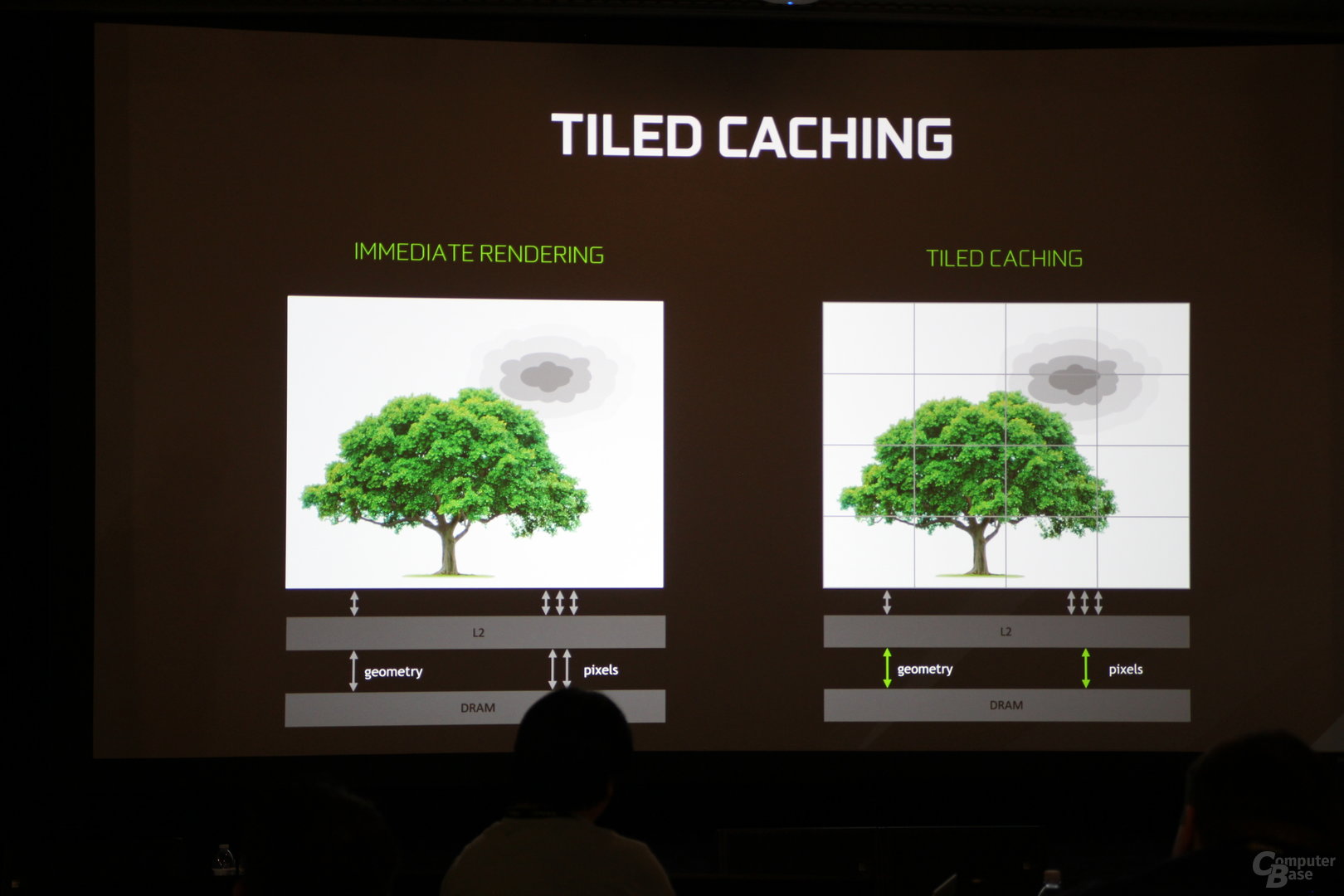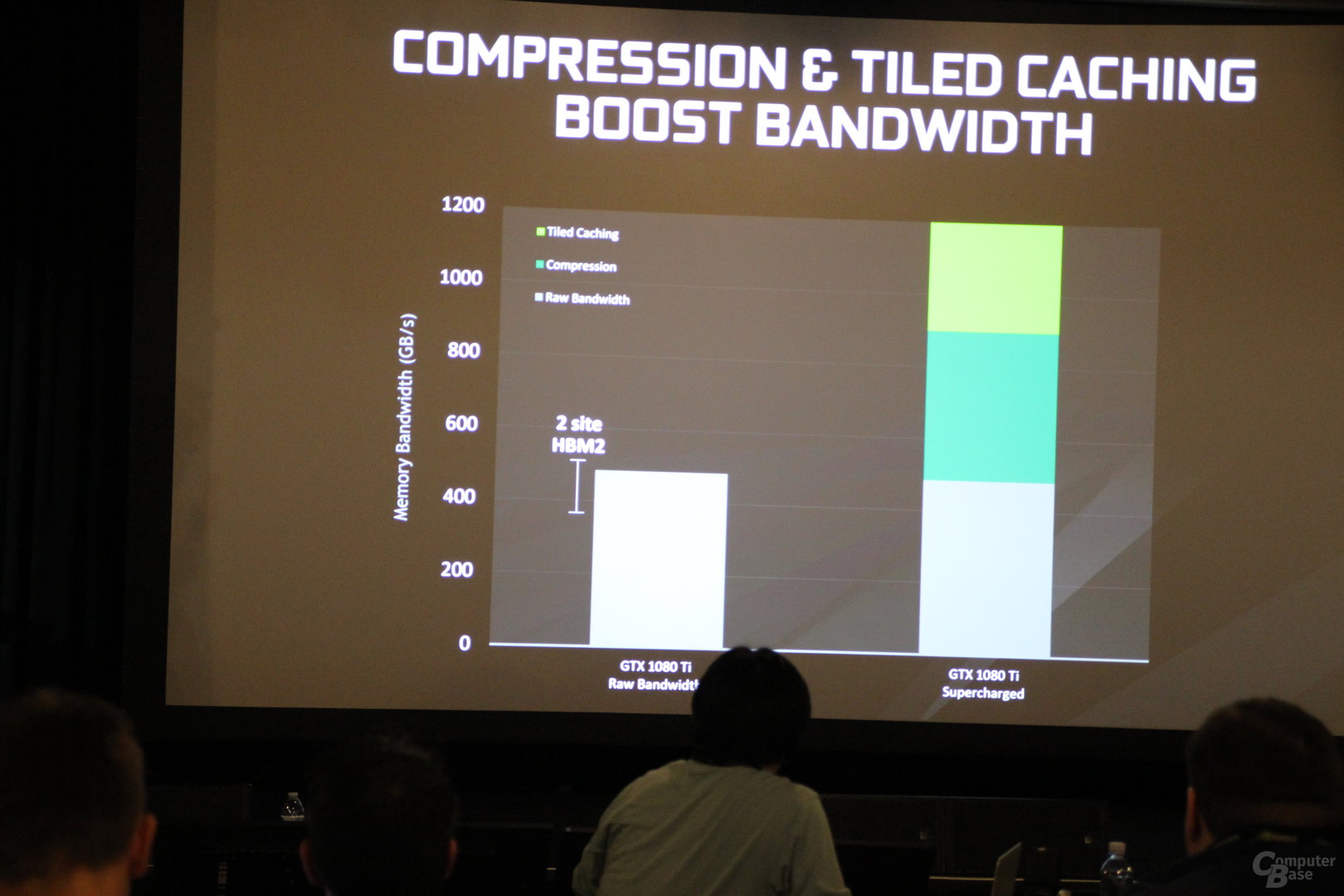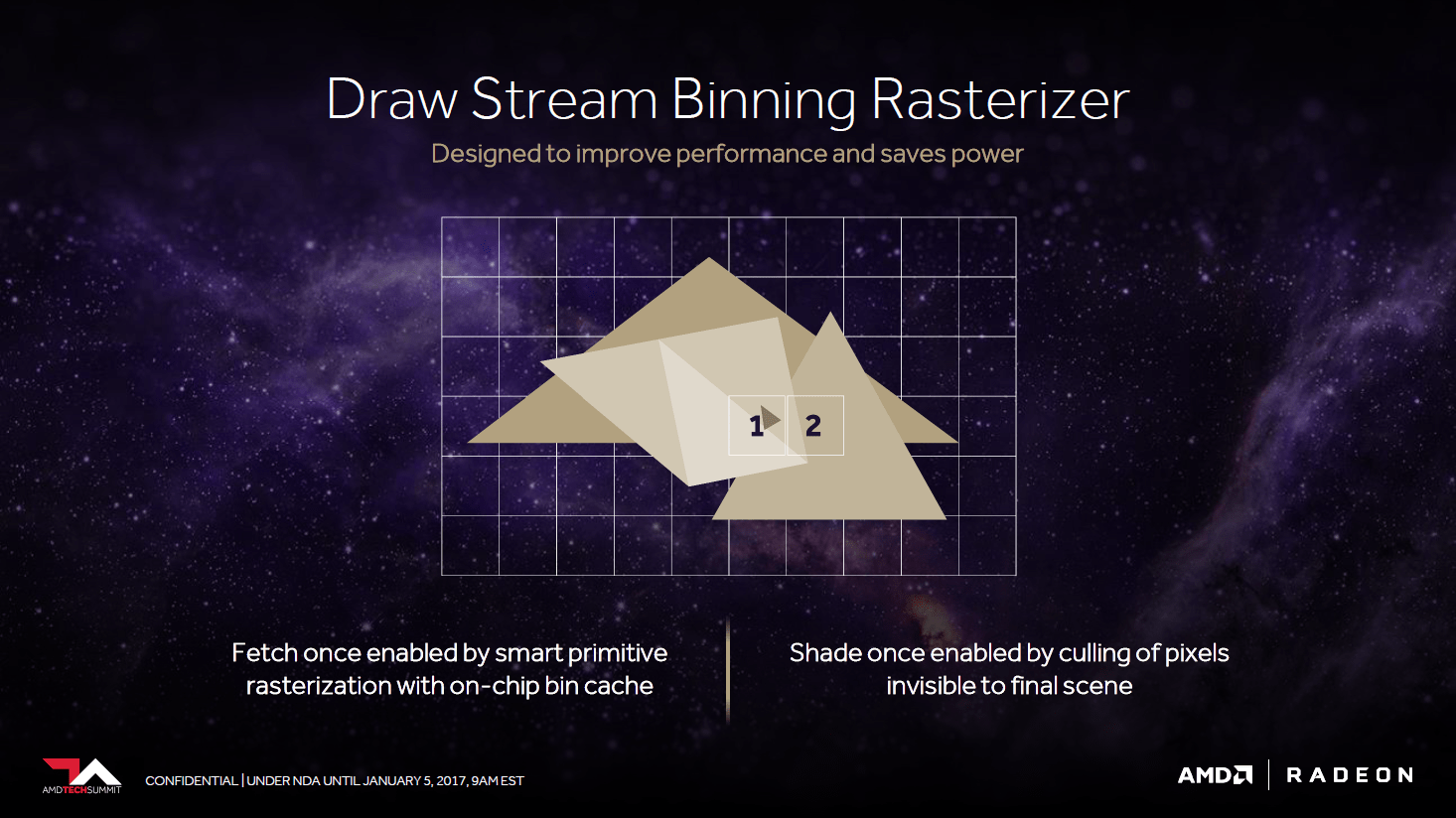Originally posted by vortex
View Post
Originally posted by vortex
View Post
Originally posted by vortex
View Post





Comment